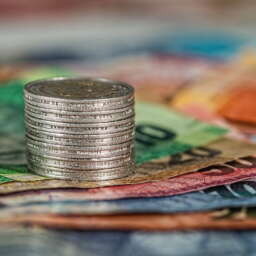(Business in Cameroon) – On January 1, 2024, five new countries—Egypt, Ethiopia, Iran, Saudi Arabia, and the United Arab Emirates—officially joined the BRICS group, which includes Brazil, Russia, India, China, and South Africa. With this expansion, the group, now called BRICS+, has become a competitor to the G7.
The Cameroonian Institute of Statistics (INS) commented on the significance of this expansion for Cameroon in a report dated September 3. The report states, “The five countries admitted to BRICS in 2024 have accounted for 2.2% of Cameroon’s overall trade over the past five years.” It also notes that BRICS+ now holds a 29% share of Cameroon’s global trade, compared to 21% for the G7.
“Cameroon’s trade balance is structurally in deficit with both groups. However, over the last five years, BRICS+ has been the main partner, buying 26% of exported goods and supplying 30% of imports. The G7, on the other hand, purchases 21% of exports and supplies 21% of imports,” the report explains. The traded products with both groups are similar, including crude oil, sawn timber, petroleum gas, and cocoa paste for exports, and wheat, refined oil, and rice for imports.
In addition to trade, BRICS+ and the G7 are the largest sources of financing for Cameroon. As of June 30, 2024, 69.1% of Cameroon’s bilateral debt was held by BRICS+ countries, with China accounting for 66.4% of the total. This gives China a lead over France, which is the main financier within the G7, holding 24.7% of Cameroon’s outstanding bilateral debt.
Given these factors, INS encourages the Cameroonian government to “pursue and deepen its interests with these two groups, which are strategic commercial and financial partners for Cameroon.” The report suggests that Cameroon’s geostrategic positioning should also consider political, regional (AU), and sub-regional (Cemac and Ceeac) factors.
Brice R. Mbodiam

































